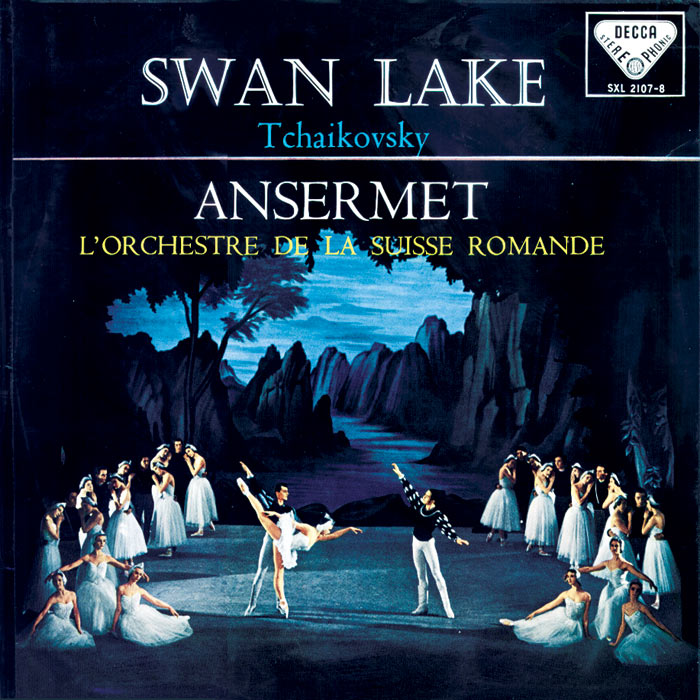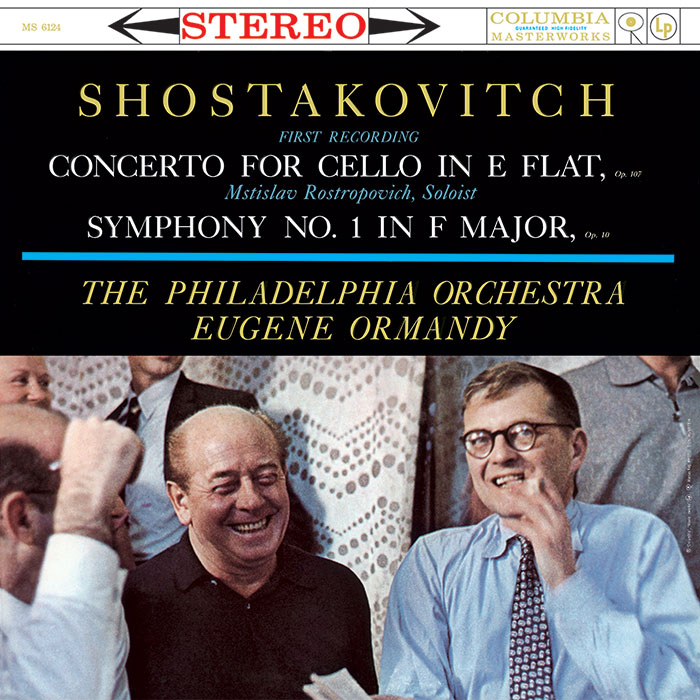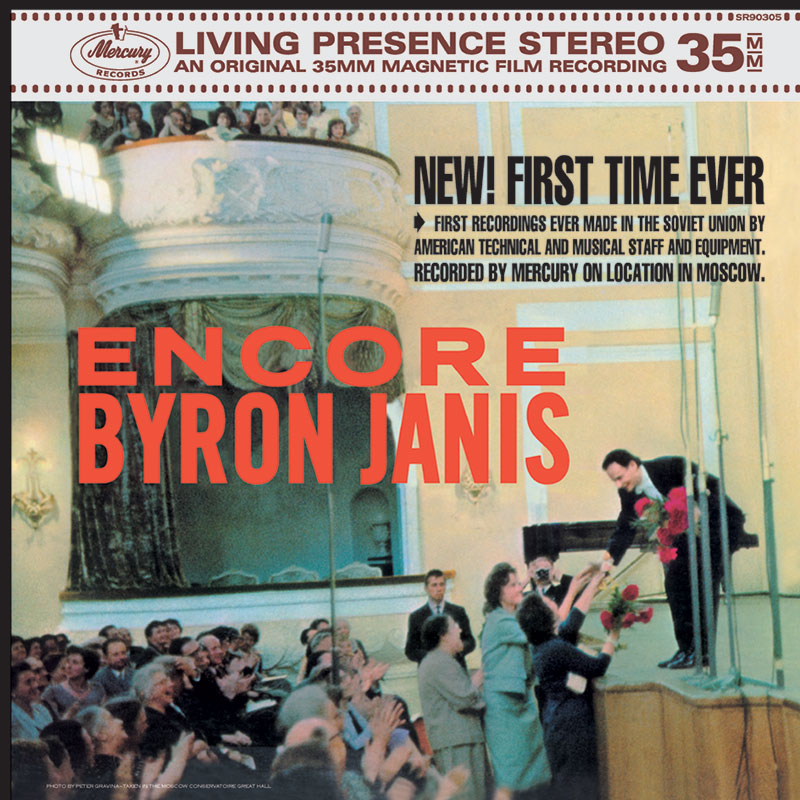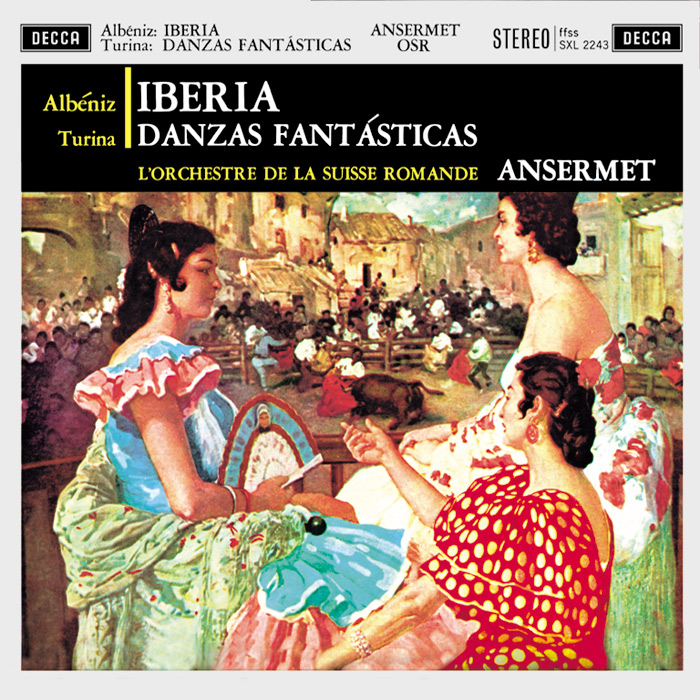Logowanie
Mikołaj - ten to ma gest!
Miles Davis, Horace Silver, Jay Jay Johnson, Percy Heath, Kenny Clarke, Lucky Thompson
Walkin'
20bit K2Super Coding - ale jak to brzmi!
Kasety magnetofonowe
Winylowy niezbędnik
ClearAudio
Double Matrix Professional - Sonic
najbardziej inteligentna i skuteczna pralka do płyt winylowych wszelkiego typu - całkowicie automatyczna
RESPIGHI, Antal Dorati, Philharmonia Hungarica
Ancient Dances and Airs for Lute
- Ancient Dances and Airs for Lute Suites 1, 2 & 3
- 01. Ancient Dances and Airs for Lute, Suite No. 1 (for Orchestra) - I. Balletto detto "Il Conte Orlando" (3:10)
- 02. Ancient Dances and Airs for Lute, Suite No. 1 (for Orchestra) - II. Gagliarda (3:54)
- 03. Ancient Dances and Airs for Lute, Suite No. 1 (for Orchestra) - III. Villanella (5:14)
- 04. Ancient Dances and Airs for Lute, Suite No. 1 (for Orchestra) - IV. Passo mezzo e Mascherada (4:15)
- 05. Ancient Dances and Airs for Lute, Suite No. 2 (for Orchestra) - I. Laura soave: balletto con gagliarda, saltarello e canario (4:07)
- 06. Ancient Dances and Airs for Lute, Suite No. 2 (for Orchestra) - II. Danza rustica (4:13)
- 07. Ancient Dances and Airs for Lute, Suite No. 2 (for Orchestra) - III. Campanae parisienses - Aria (5:11)
- 08. Ancient Dances and Airs for Lute, Suite No. 2 (for Orchestra) - IV. Bergamasca (5:44)
- 09. Ancient Dances and Airs for Lute, Suite No. 3 (for Strings) - I. Italiana (3:43)
- 10. Ancient Dances and Airs for Lute, Suite No. 3 (for Strings) - IIa. Arie di corte, Andante cantabile (1:58)
- 11. Ancient Dances and Airs for Lute, Suite No. 3 (for Strings) - IIb. Arie di corte, Allegretto (0:27)
- 12. Ancient Dances and Airs for Lute, Suite No. 3 (for Strings) - IIc. Arie di corte, Vivace (0:45)
- 13. Ancient Dances and Airs for Lute, Suite No. 3 (for Strings) - IId. Arie di corte, Lento con grande espressione (1:28)
- 14. Ancient Dances and Airs for Lute, Suite No. 3 (for Strings) - IIe. Arie di corte, Allegro vivace (0:15)
- 15. Ancient Dances and Airs for Lute, Suite No. 3 (for Strings) - IIf. Arie di corte, Vivacissimo (0:42)
- 16. Ancient Dances and Airs for Lute, Suite No. 3 (for Strings) - IIg. Arie di corte, Andante cantabile (2:14)
- 17. Ancient Dances and Airs for Lute, Suite No. 3 (for Strings) - III. Siciliana (3:05)
- 18. Ancient Dances and Airs for Lute, Suite No. 3 (for Strings) - IV. Passacaglia (4:09)
- Antal Dorati - conductor
- Philharmonia Hungarica - orchestra
- RESPIGHI
The common practice in concert houses today of performing early music on modern orchestral instruments is owed largely to the endeavors of Ottorino Respighi. His free transcription of Renaissance works for the lute (1932) opened the way to the rediscovery of forgotten rhythms and timbres. Although Respighi altered the structure of the music by dissecting phrases right down to their basic elements, re-ordering them and redefining their sonority by the use of heavy brass and timpani, the art of the ancient maestri remained unscathed. Cadences and harmonic idioms are given a modern coloring at the most, but are never destroyed. Antal Dorati and his famous Philharmonia Hungarica have all that is needed to bring the score to life. Even in opulent passages the individual instruments can be heard distinctly. This works particularly well in the first two suites in which each movement is treated to a process of refinement by means of differing orchestration. That the third suite, written purely for stringed instruments, soars away, just like the proverbial Aeolian harp is only to be expected from this orchestra



































